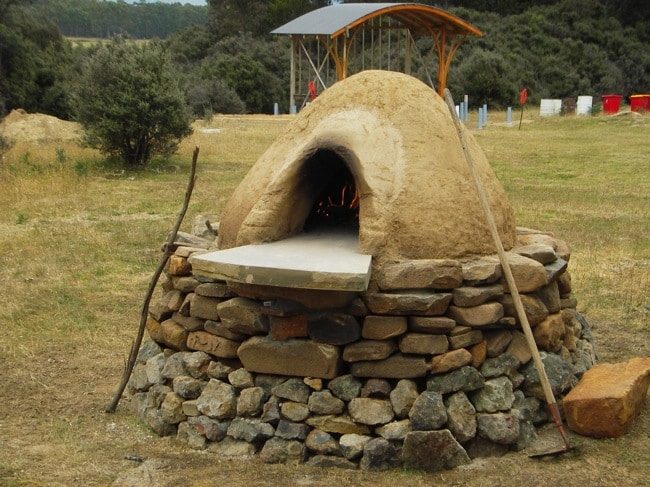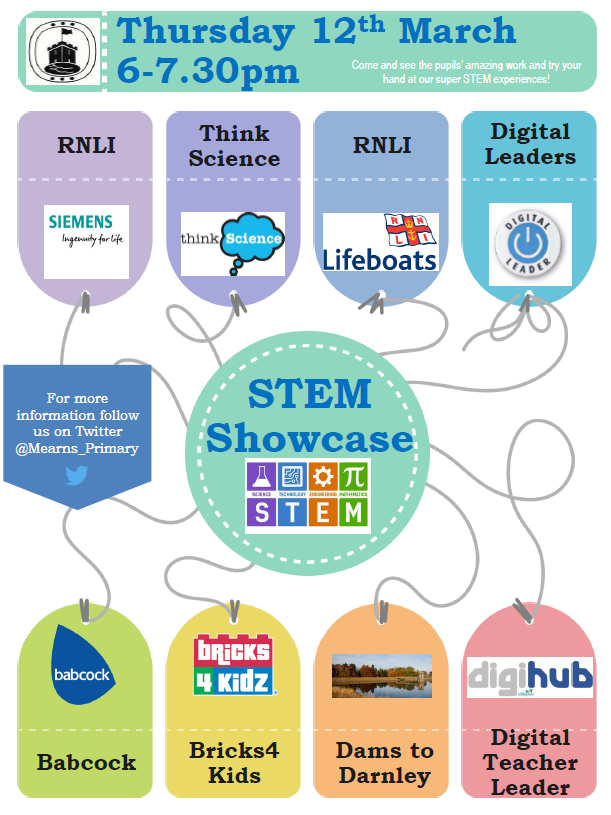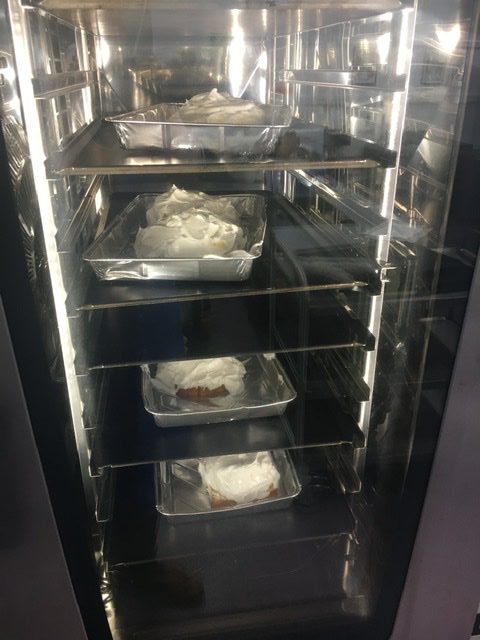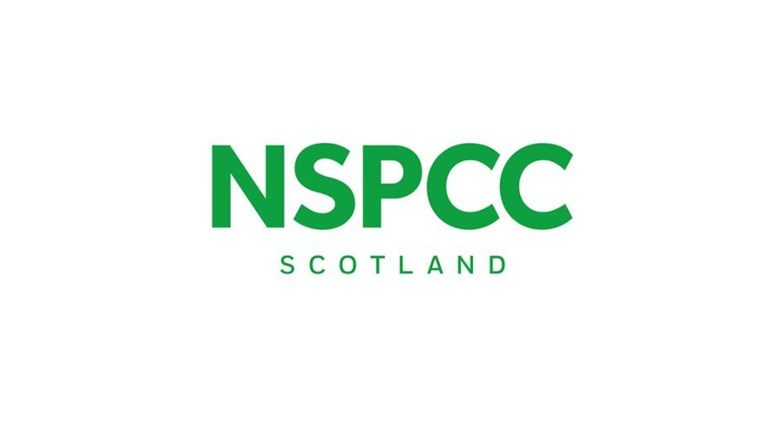
This morning we had a visit from the Dog Trust who told us about the needs of dogs and the time, money and consideration needed to invite a dog into our homes.

Following this, we had a visit from Chris from Rolls Royce who told us about his work in the lab analysing the materials to insure there are no defects in the machine parts.

This afternoon, we conducted an scientific investigation into which material would be best suited or have the best insulation properties to used for polar exploration kit.

Each group of four children selected a different material to cover or insulate a hot drinks cup.

The selection included: aluminium foil, bubble wrap, card, cotton wool, cardboard, felt and cotton fabric.

In order to conduct a ‘fair test’ we kept everything the same, filling each cup with exactly 100 ml of hot water.

We then measure the temperature of the water at the start of the experiment and placed the cup outside.

We then measured the temperature again after 15 and 30 minutes.

We also included a control sample to find out the temperature drop without any insulation.

Later this week we will analyse our results and use them to finally determine the best insulator.





























































